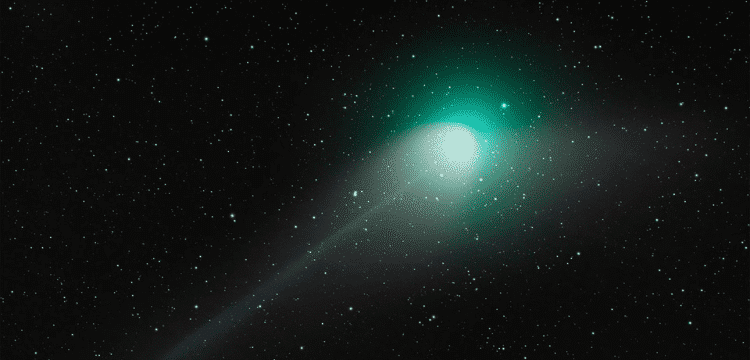[vc_row][vc_column][vc_column_text dp_text_size=”size-4″]A green-hued comet is anticipated to be the most apparent to stargazers on Wednesday as it passes Earth and the sun for the first time in approximately 50,000 years. According to NASA, the dirty snowball was only recently discovered and last came close to Earth during the Neanderthal era.
On Wednesday, the cosmic visitor will pass by our planet within 42 million kilometres (26 million miles), after which it will likely accelerate off again and not come back for a very long time. With binoculars and small telescopes, as well as possibly the naked eye in the Northern Hemisphere’s remotest regions, this unimportant comet is already visible in a clear northern night sky.
Through the end of January, it is predicted to get brighter as it approaches and rises higher over the horizon. It is best seen just before dawn. It will be close to Mars by February 10—a useful milestone
[/vc_column_text][/vc_column][/vc_row]











